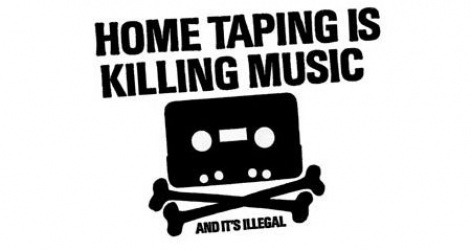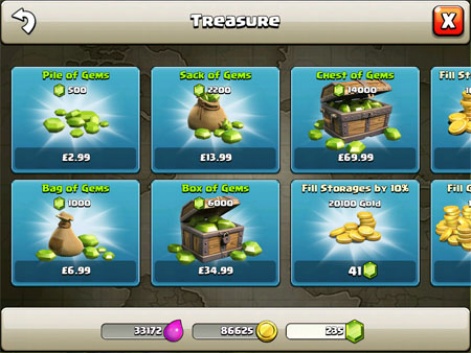After years of steady progression marked by the certainties of the five-year console cycle and the more rapid tick-tock of PC hardware updates the sudden explosion of low-cost, ultra-portable computing power and the ubiquity of speedy data access has delivered change after resounding change to this medium.
PocketGamer.biz readers know this better than most.
You understand completely how the rise of smartphones and tablets have changed this industry; how in a few short years, palm-sized slabs of black glass, devices largely unimaginable less than a decade ago, have challenged everything the games industry thought it knew from development strategies and control systems and demographics through to the very brass tacks of business models.
That's thrilling and exciting, and a little bit terrifying and no aspect more so than what has happened to pricing.
We all knew that digital distribution would eventually reign. We knew that this would open up vast new realms of opportunities for game creators, who would no longer have to go on bended knee in front of a publisher and ask permission to make their games.
What few people understood, though, may be the most important impact of mobile gaming and digital distribution the fact that it's becoming impossible to justify any price tag other than 'free'.
Something for nothing
With hindsight, this was inevitable. The idea of being able to charge customers to access content has been supported since its inception by the difficulty of making and distributing copies.
Certain technologies made copying easier cassette decks, VHS, CD burners but ultimately, the physical nature of media gave publishers a stranglehold on the market.
It was difficult and expensive to make and distribute copies of an album, a movie or a game and not just in terms of piracy. To launch a game, you had to invest a fortune in pressing discs, printing cases, and distributing the whole lot to retail stores.
No wonder prices stayed high.

So when the App Store (and Steam, and Google Play, and every other store that preceded or followed Apple's behemoth) came along, allowing anyone to distribute as many copies as they wanted for essentially zero cost, the walls came tumbling down.
The price war that followed was swift and bloody.
One price point emerged as the clear winner free. The lesson is clear. As distribution costs sink to zero, the ability to charge for access to content disappears. But that doesn't mean you can't make money from content, because that's where free-to-play comes in.
Bad example
Free-to-play is a business model that snugly fits alongside the reality of today's digital markets, especially on mobile but it's also a business model that is frequently used badly.
Hardly a week goes by at the moment without a developer breaking cover to complain that their game was downloaded countless times but failed to generate any revenue. Meanwhile, players feel burned by the exploitative, aggressive tactics of some free-to-play games.
Free-to-play is in its infancy it's unsurprising that things are going wrong sometimes. Part of the problem is that F2P looks simple, leading many developers and publishers to think it's easy to understand and implement. Give your game away for free and then charge for stuff down the line; what's so tough about that?
Quite a lot, as it turns out. F2P's surface simplicity hides a deep complexity that requires game creators (and publishers, writers, analysts; everyone involved in the business of games) to get their head around a host of new and sometimes difficult concepts.
Moreover, it requires those concepts to be built into the development process - into the design of the game and even into your overall conception of what the game is and how it's created.
What's our motivation?
We wrote Design Rules for Free-to-Play Games in an attempt to distil that complexity into a clear series of principles and explanations which, we believe, underpin any truly successful F2P business.
We wanted to create a short book which we could hand to an executive in the traditional games business, or a veteran developer, or a student coming off a games design course and say: "Read this it explains all the big concepts you need to understand (and to embrace) if you're going to survive in this market."
Some of those concepts are challenging.
If you've been making and selling games for the past 20 years, accepting that you're no longer in the business of selling content takes some mental gymnastics to process, and getting comfortable with the idea that 90 percent of your players may never pay you a penny is tough too.

We confess to an ulterior motive to the book's creation. We also wanted to write something which would bash ill-conceived notions of F2P over the head.
Notions like "it's exploitative by nature", or "F2P games are just Skinner Boxes". This is a book about how developers can use F2P to build games that are sustainable and likeable, that are fun for everyone and whose success is grounded in building an audience of true fans who simply love the game.
It's a book about how F2P can make games better. We hope everyone who's interested in F2P will read and enjoy it but our real hope is that it'll move the debate over F2P forwards.
You can buy Design Rules for Free-to-Play Games on Kindle from Amazon.co.uk, where it costs a princely £1.74,.
US readers can get it from Amazon.com, where it costs $2.99.























